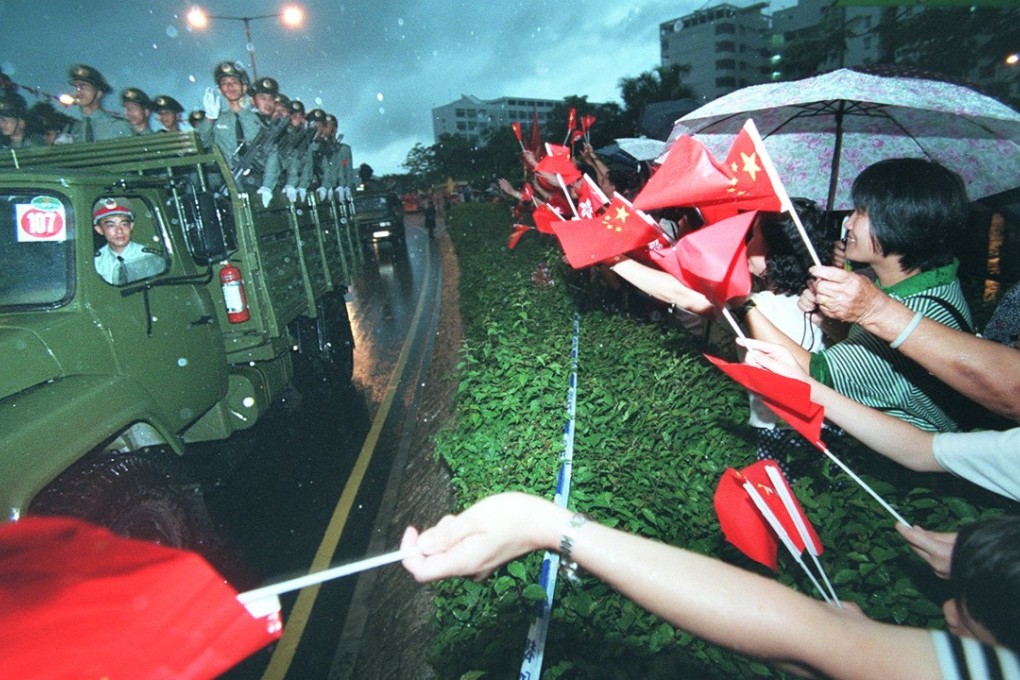China’s military puts its best foot forward in charm offensive
Early fears over troop arrivals have faded after a show of discipline by elite members of the city garrison, but impressed Hongkongers find they still cannot join up

The Hong Kong garrison has tried to polish the People’s Liberation Army’s international image in the two decades since the handover, but observers warn that changes in the city’s political landscape have raised a less sympathetic spectre.
That’s because many older Hongkongers remain haunted by images of the PLA’s role in the bloody crackdown on the pro-democracy movement in Beijing that started late on the night of June 3, 1989, during which an unconfirmed number of unarmed civilians died.
Such fears gradually faded after the first troops to serve in the PLA garrison entered the city at midnight on July 1, 1997, thanks to a comprehensive and deliberate plan to portray them as members of a “people’s army”.
“As soon as we were recruited by the Hong Kong garrison, we were told that our top priority was to make a profound impression on the Hong Kong public,” Lin Guoquan, a former PLA soldier who served in the garrison in 2002, tells the South China Morning Post.
“As a grass-roots soldier, I didn’t have any chance to even glimpse the famous metropolis during my one year of service. Even when I suffered an occupational injury, I was directly sent to the Gun Club Hill Barracks hospital in Jordan for treatment, and later sent home.”

